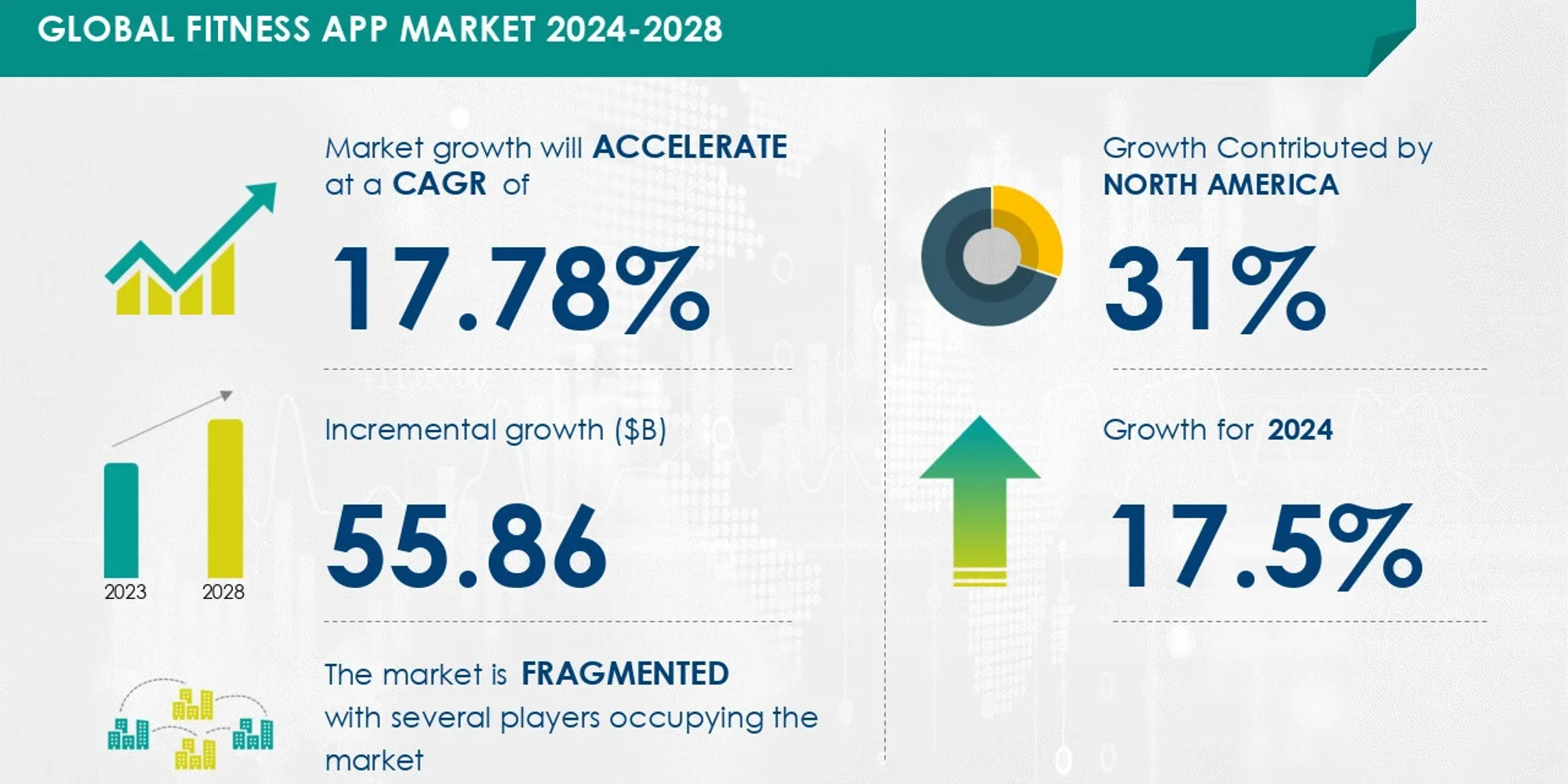Tech
PlayStation 5 Pro – The First Hands-On Preview – IGN

There’s a choice that most PS5 players are familiar with: “Favor Graphics” or “Favor Performance.” With the PlayStation 5 Pro, Sony’s big selling point for its $700 upgraded console is that you’ll no longer have to choose what you want to sacrifice.
Last week, I went to PlayStation headquarters in San Mateo, California to get my hands on the new console. I played around a dozen games side-by-side on both the PS5 and PS5 Pro, including Final Fantasy 7 Rebirth, Marvel’s Spider-Man 2, Horizon Forbidden West, and The Last of Us Part II Remastered, getting the chance to experience the improvements first-hand, as well as chat with many of the developers responsible for upgrading those games for the new hardware. After playing, I have to say that I’m impressed by the PS5 Pro’s capabilities, especially the new AI-powered resolution upscaling system. It carries an expensive price tag that left a lot of folks skeptical about who this is for, but if what I saw is a good indication of what it can do across the board, the PS5 Pro brings a lot to the table for console gamers who are willing to pay a premium for a no-compromises experience.
Put simply, at a hardware level, the PS5 Pro is a PS5 with a more powerful GPU. Sony was coy about exact numbers, but their team says it will have 67 percent more compute units than the base PS5, which has 36. Some basic math tells us that it’ll be around 60, putting it roughly on par, in PC graphics card terms, with the AMD Radeon RX 6800. Beyond the raw power increase, Sony is touting two major software improvements that support the GPU: better ray tracing, and that upscaling system I mentioned; that’s called PlayStation Spectral Super Resolution, or PSSR.
I’ll get into the specifics of all this under-the-hood tech in a moment, but the main takeaway is that Sony promises that games optimized for PS5 Pro will look as good as their old “Favor Graphics” mode, while offering the framerate and general performance level of their old “Favor Performance” mode. From what I played, it’s capable of delivering on that.
That said, consistency was not the name of the game among how developers labeled their Pro upgrades. It’s a little silly that, just as there has never been a universal standard for the various graphics modes on PS5 games so far, the PS5 Pro options are similarly scattered. Spider-Man 2, for example, will have a new “Performance Pro” mode that marries the Graphics and Performance modes from the base console. The Last of Us Part II Remastered, another first-party PlayStation game, calls the same thing “Pro Mode.” Over at Square Enix, someone decided Final Fantasy 7 Rebirth should call it “Versatility” mode. Meanwhile, other games, such as Capcom’s Dragon’s Dogma 2, simply added new “Pro” versions of their existing graphics options.
Regardless of what they’re called, Sony told me that around 40 to 50 games will have new Pro-enabled modes when the new console launches on November 7. But keep in mind that what that upgrade means for each game is, again, inconsistent. There’s only so much you can do with more power if a game wasn’t built to use it.
For example, Final Fantasy 7 Rebirth looks absolutely incredible when set to favor graphics on the base PS5, but at the expense of a 30fps cap. Performance mode, on the other hand, feels much better to play at 60fps, but suffers from significantly lower-fidelity textures that put a damper on the visual feast. The PS5 Pro, however, eliminates the issue – the new Enhanced mode gets you all the visuals of Graphics mode at the 60fps of the Performance mode. That said, Enhanced mode doesn’t look any better than the standard PS5’s Graphics mode – at least not in a way that I’d be able to tell without a zoomed-in side-by-side comparison.
More powerful hardware means that any game, whether it has a new specialized mode to take advantage of the PS5 Pro or not, should simply run better than it did on an older console – just as how upgrading your graphics card in a gaming PC means that it’s easier for your system to render a certain quality level than before. But just putting in a new graphics card isn’t going to make a game look better unless you move to a higher (and thus more demanding) graphics setting that the developers built in. The same logic can be applied here: the PS5 Pro will have an easier time rendering a game’s standard PS5 modes (Sony is calling this “PS5 Pro Game Boost” – similar to what we saw on PS4 Pro), but things aren’t going to look better unless that game’s developers put out a new mode with more detailed graphical techniques enabled.
In other words, you should keep your expectations in check. The PS5 Pro can certainly pretty up a game – and if developers put in the work, it puts more demanding graphical techniques like ray tracing in reach – but it is not a magical remastering machine. For instance, the upgraded version of Hogwarts Legacy that I played showed off some quite impressive new ray tracing effects, with reflections bouncing from the stained-glass windows of Hogwarts castle onto its polished marble floors, or students walking the halls being reflected in the gleaming surface of a suit of armor as they pass. Light and shadows were similarly impressive, as the bright glow of my Lumos spell scattered into a thousand pieces from the tangled web of a Devil’s Snare root. But these ray tracing effects did nothing for the relatively basic character and facial models, which pale in comparison to the visual marvel that is FF7 Rebirth. For that we’d have to wait for the team at Avalanche to do the work of upgrading Hogwarts Legacy in the same way that Naughty Dog did for The Last of Us Parts I and II.
Specter in the Machine
All these graphical and performance improvements are made possible in part by PSSR. AI upscaling has existed in the PC realm for several years now in the form of Nvidia’s DLSS (Deep Learning Super Sampling), and it’s delivered dramatic increases in frame rates without sacrificing visual quality. (AMD’s Fidelity FX Super Resolution, or FSR, does its upscaling via an open-source algorithm.)
In short, upscaling allows a game to render at a lower, and thus less demanding, resolution and then upscale to a higher-resolution output. But traditional upscaling techniques have their limits – a frame can only be scaled up so far before the result looks worse than where it started. Introducing AI to the process, however, allows upscalers to generate new high-resolution frames without artifacting and other visual blemishes. In other words, AI upscaling allows a console to start with an even lower resolution and still look great at full 4K, resulting in higher frame rates.
Thus far only Nvidia’s DLSS has used AI to aid in the upscaling – something that has largely given it a sizable lead over FSR and other upscaling implementations in most benchmark tests.
PSSR, meanwhile, uses an AI upscaler that Sony developed in collaboration with AMD – the first of its kind seen in a gaming console, or from AMD as a whole. I mentioned before that the PS5 Pro’s approximately 60 compute units put it roughly on par with the AMD Radeon RX 6800, but the RX 6800 (nor any other AMD card on the market right now) isn’t doing AI upscaling. PSSR is.
From what I’ve seen, it seems to be capable of achieving similar results to what DLSS has done for PC gaming over the past few years, and I can’t wait to see how developers push the graphical envelope now that the hardware can better keep up with their ambitions. Of course, it’ll be a good while before we see games designed to take advantage of this power from the ground up. But until then, if you choose to invest in its high price, you’ll at least be getting peace of mind that you’re getting the best possible PlayStation experience money can buy.
For more, be sure to check out our interview with Toshi Aoki, Sr. Principal Product Manager on the PS5 Pro, as well as our roundup of everything announced at yesterday’s State of Play.
Bo Moore is IGN’s Executive Tech Editor. You can find him online @usebomswisely.









